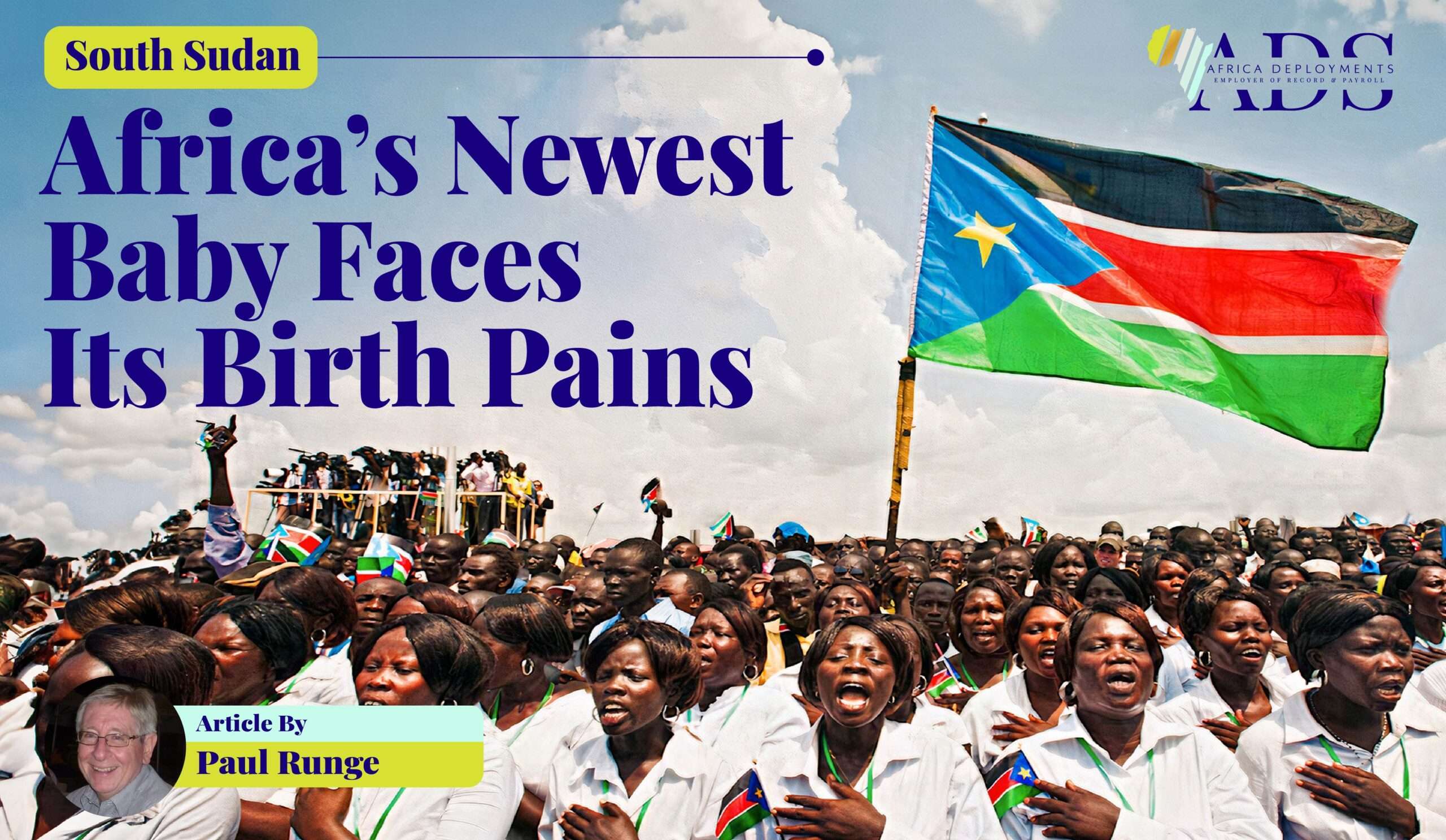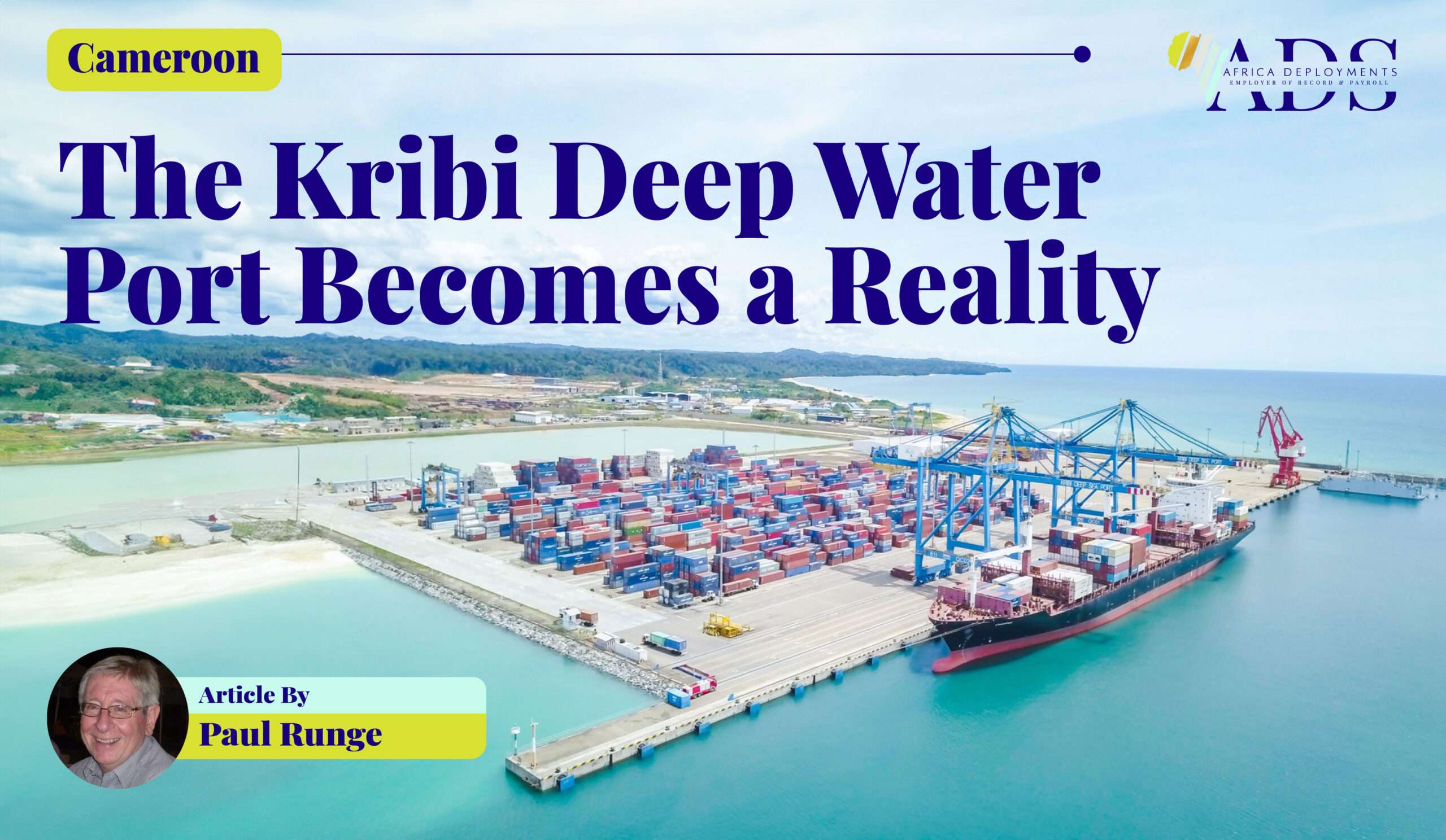
South Sudan: Africa’s Newest Baby Faces Its Birth Pains
An unusual arrival
Whenever an aircraft begins its descent to a new city destination, and the announcement to fasten seat belts is made, I peer out the window to get an idea of the environment I will soon be experiencing. My first, (and to date, only) trip to Juba, capital of South Sudan in 2011, was very different to my many other flights. Normally, the inquisitive traveller sees skylines, then buildings, and then streets, but this time I only saw hills covered with scraggly bush, dotted with a few bush fires. We were just about five minutes from landing when I spotted the first signs of the city – dirt roads, a few dilapidated buildings that looked like old warehouses, and shanties with metal roofs glinting in the morning sun.
During the agonisingly long civil war (which lasted long from 1983 to 2005), Juba was a garrison town with a few government buildings and military bases. It was defended by the Sudanese militia and surrounded by hills from which the hostile South Sudan Peoples Liberation Army (SPLA) bush fighters could attack. There was unsurprisingly little desire by the Sudanese to develop anything outside of the city limits.

My mission
The objective of my mission was to identify trade and investment opportunities in a country that had only a few months before, declared its independence from Sudan. This is one of the world’s poorest countries, and back then had a population of around only 9 million dispersed over a vast territory of a little over 644 000 square kilometres. But it is a market with oil, and therefore with some potential.
My hosts and facilitators were a few young Zimbabweans who had set up a brick-making operation in Juba, taking advantage of the urgent need for construction in the long-neglected capital city.
First experiences
The Juba airport arrivals ‘hall’ looked like a shed. The debarking passengers soon filled it, and the scene was cramped and chaotic. Two large fans struggled to combat the midday heat. Then I felt a touch on my shoulder. Big-bearded ‘Iggie’ (short for ‘Ignatius’), from the Zimbabwean group, had come to rescue me and provide guidance through the immigration bureaucracy.
We drove to the brick-making plant, which included an old house where all my Zimbabwean friends lived. I asked to see my main contact. “Brendan’s down with malaria at the moment. We all fall down with it now and again. Something you just have to live with here. Hey, would you like a beer?”
Iggie took me to my hotel, saying it was the best in town and that it was run by some Eritreans. I checked into my room. I looked out of my bathroom window and saw a grass hut and a field of droopy maize plants. A near-naked man emerged from a hut located right next to the hotel. He had a bucket and was commencing his evening ablutions.
The night brought only a little relief from the night’s blanket of heat. I decided to ignore the mosquito net that was draped over my bed, and was awoken two hours later by a squadron buzzing around my head. I switched on the bedside light and found spots of blood on the pillow. Malaria! I cursed myself for not being careful, and pulled the net over my bed.
There were two TV’s in the hotel breakfast room. It was strangely quiet with about twenty diners staring at the screens which showed the ruins of a town just bombed by Sudanese aircraft. A South Sudanese businessman at my table told me that there was a contested oil field in the north around the town of Abyei, which was being targeted. The peace negotiations apparently excluded a clear enough definition of the border.

A visit to a brewery that produces more than beer
Iggie and I headed to the SABMiller brewery situated on the outskirts of the city. There had been much media coverage on this unique and daring project bravely undertaken by this major corporate in a truly fledgling market. The energetic South African manager welcomed us and apologised that he’d had to include a visiting delegation from the World Bank in our visit. He showed Iggie and I and the inappropriately dark-suited bankers around the plant. He emphasised that the plant was not only supplying beer and soft drinks but also potable water to the local population. He said that this social investment component of the project was vital for the local inhabitants striving for a better life in their new country.
(I was sorry to hear a few years later, that the tensions had contributed to the closure of the brewery.)
The road connecting the brewery to the city was recently built. It was one of the very few tar roads I had seen in this country. The drivers appeared unused to such a new facility, and Iggie had to dodge a few oncoming vehicles that were speeding in the wrong lane. It was fortunate that we’re in a four-wheel drive, because most of the roads within the city were gravel and pot-holed.

Help from the donors and South Africa
The programme included a visit to the temporary headquarters of the African Development Bank which were in a few prefabricated units surrounded by a security fence. The AfDB representative assured me that there would be much construction in Juba over the next few years, and that the bank would soon operate from a more suitable and comfortable facility. The AfDB and numerous other donors were keen to help ensure a smooth start for the new state.
The representatives at the new South African diplomatic mission were even more enthusiastic. They assured me that South Sudan could develop into a significant market. South African entities such as MTN and Standard Bank were already present and operating, and there was a substantial South African investment in the oil sector. The South African government was particularly keen on assisting the new country, and there were bilateral cooperation agreements underway in areas such as police training.

And the situation today
Much has happened since my mission. Since 2013, there have been lengthy periods of conflict arising from rivalry between President Salva Kiir Myardit and Vice-President Riek Machar. These were interrupted by lulls in hostilities and a peace agreement for a unity government in August 2015 which collapsed the following year. In mid-2018, the two rivals agreed on a “permanent” cease-fire. In 2020, a special decree was announced for a coalition agreement. There are hopes that the elections set for December 2024 will bring lasting peace to the long-suffering populace.
The situation is complicated. There are some 500 ethnic groups in South Sudan. The Dinkas are the largest group but even they have strong sub-divisions. The population has suffered badly from the ravages of the conflict and economic development has been strongly constrained.
The country, the East African region, the African continent and the world are all hoping that lasting peace will eventually break out. Who knows? Perhaps the brewery will open again?




Leave a Reply